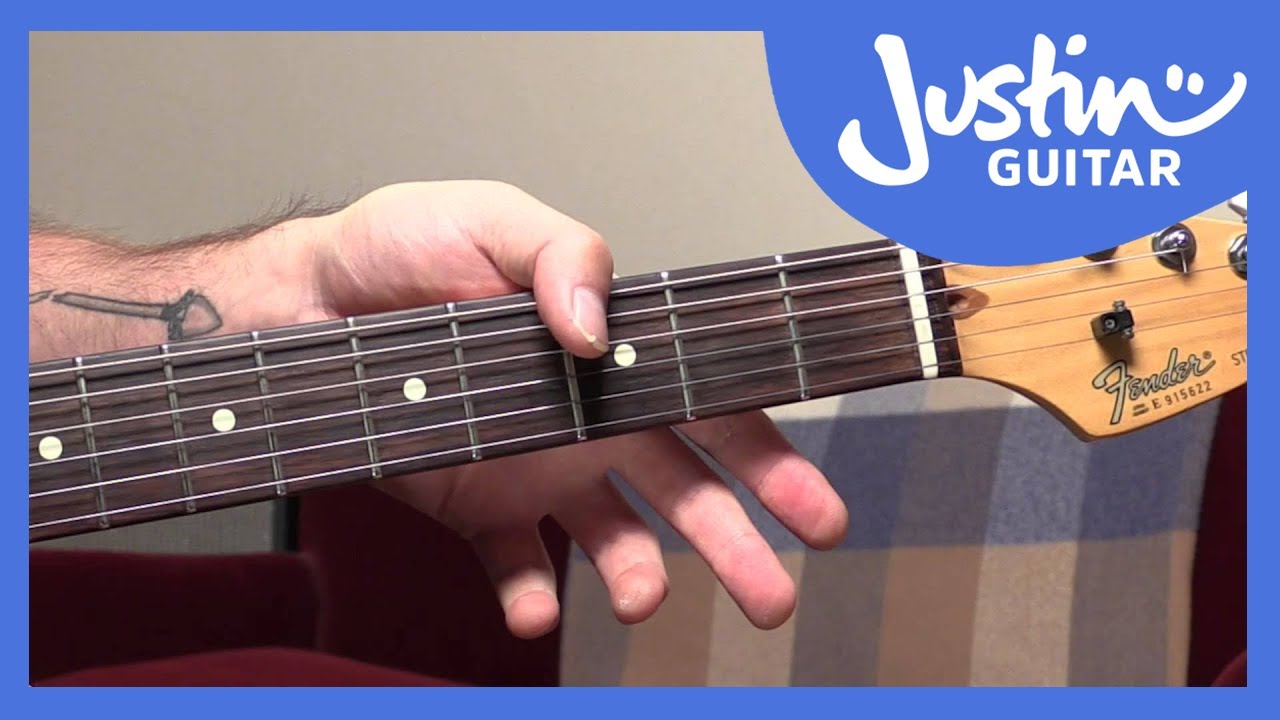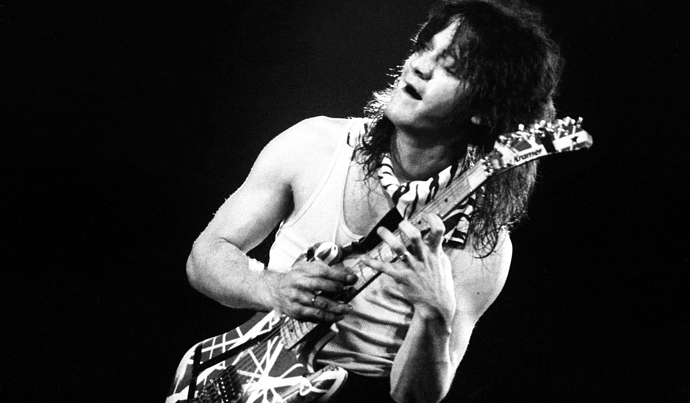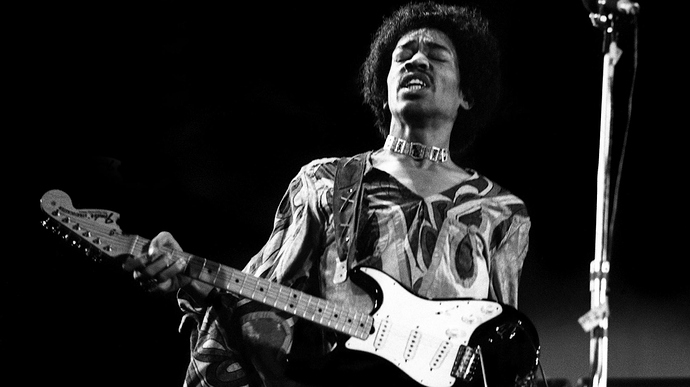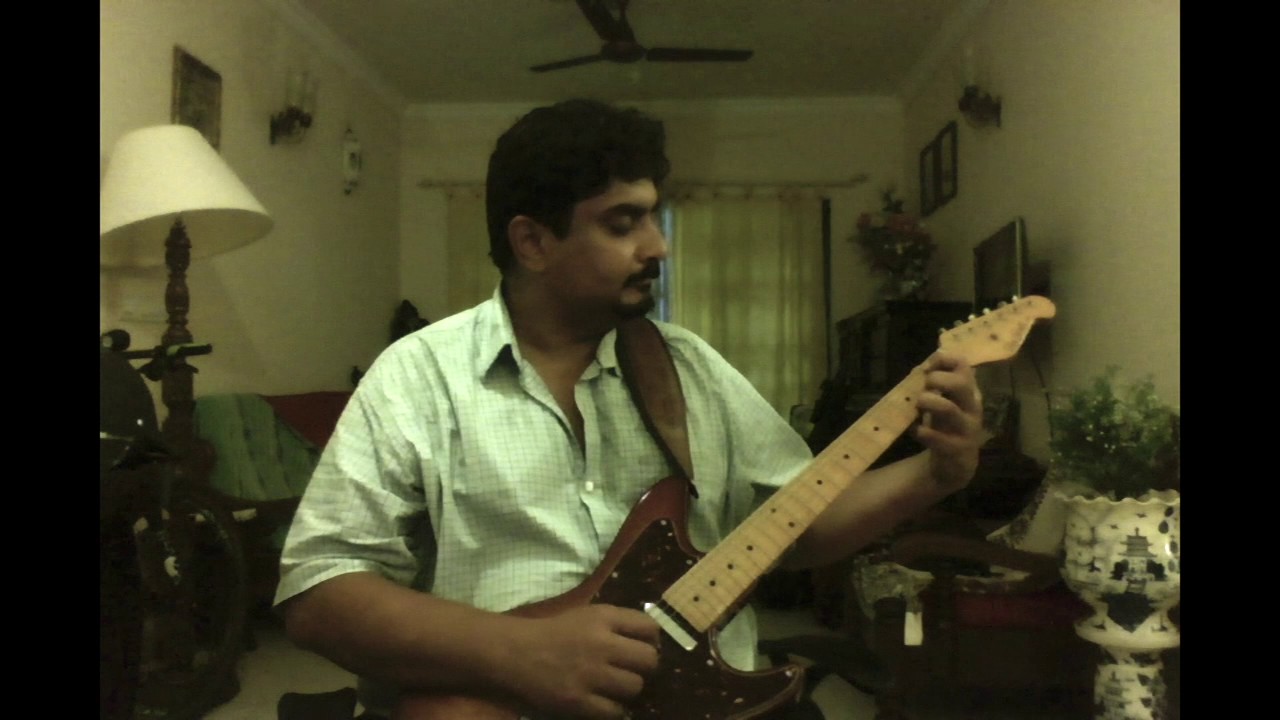Hey all,
I wouldn’t mind getting rid of barre chords once and for all 
Or less ambitiously, I’d like to start incorporating the fretting hand thumb in my playing.
I noticed that people with smaller hands than mine (I think my hands are spot-on average) can do this comfortably on full scale guitars. Yet I haven’t found a posture that allows me to do this comfortably.
Anyone aware of good 101 tutorials on thumb usage? Specifically it would be great to have a lesson that goes over advantages/shortcomings of different postures. Maybe our excellent @Tom_Gilroy has experience on this front? 





